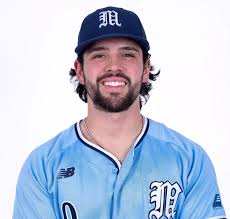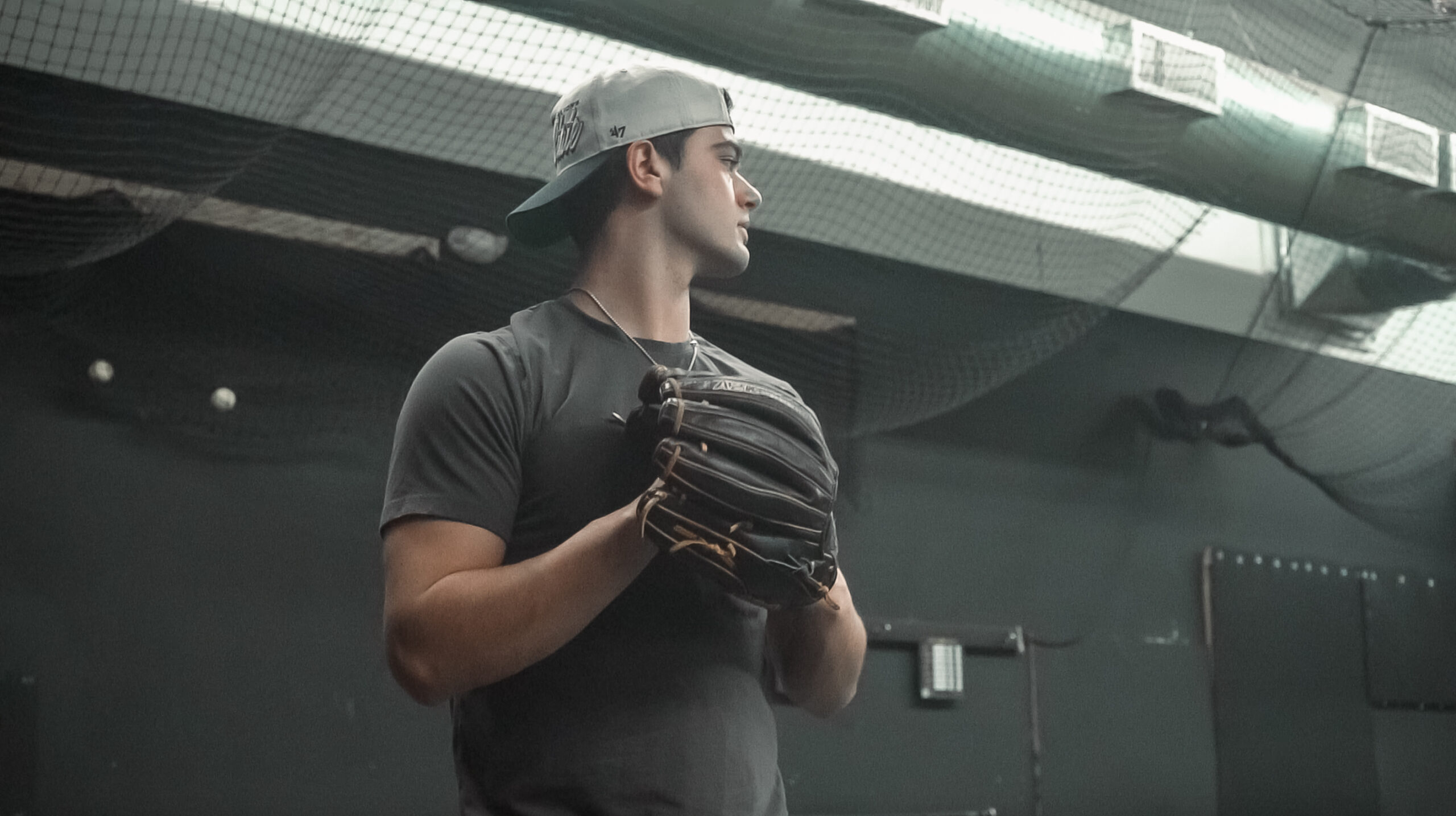WINTER BASEBALL PROGRAMS
YOU’RE ONE DECISION AWAY FROM TRANSFORMING YOUR CAREER
You Get One Career.
Are you making the most of it?
THE RESULTS SPEAK FOR THEMSELVES...
ON AVERAGE OUR ATHLETES GAINED…
SCHOOLS OUR ATHLETES HAVE GONE ON TO COMPETE FOR

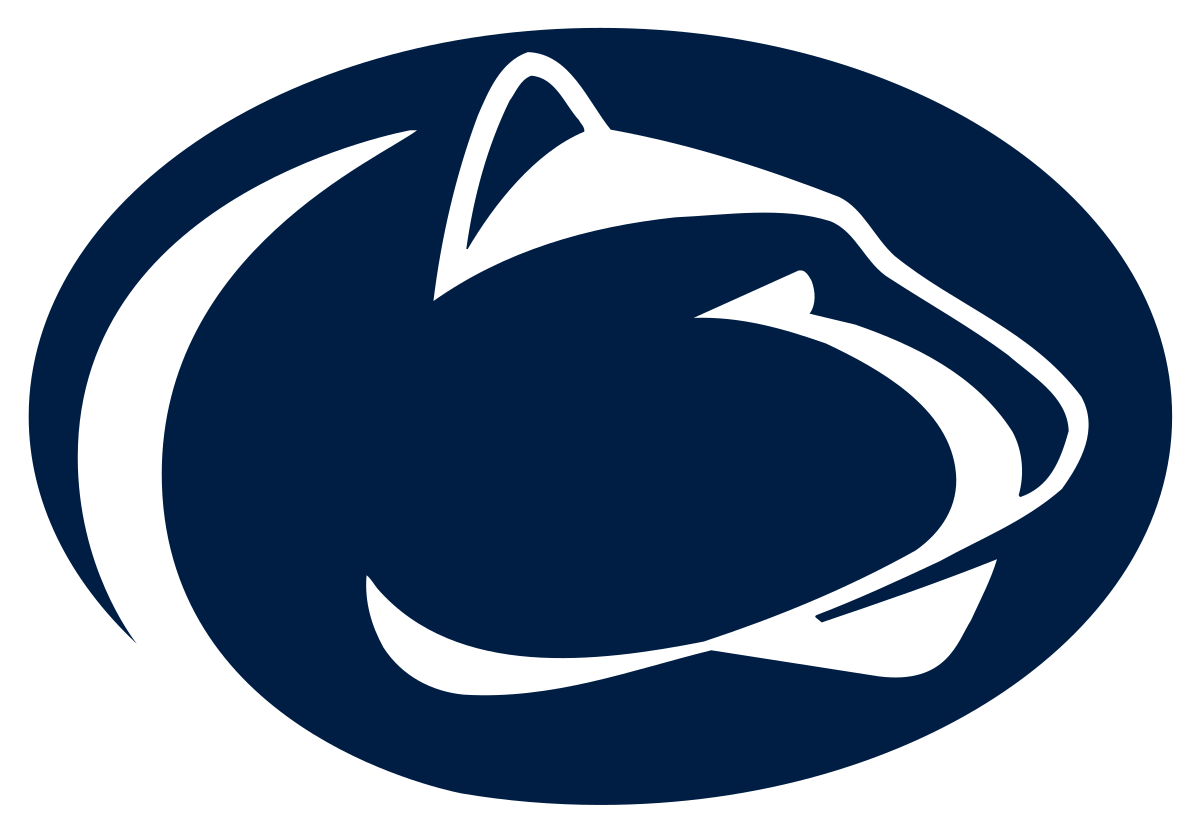
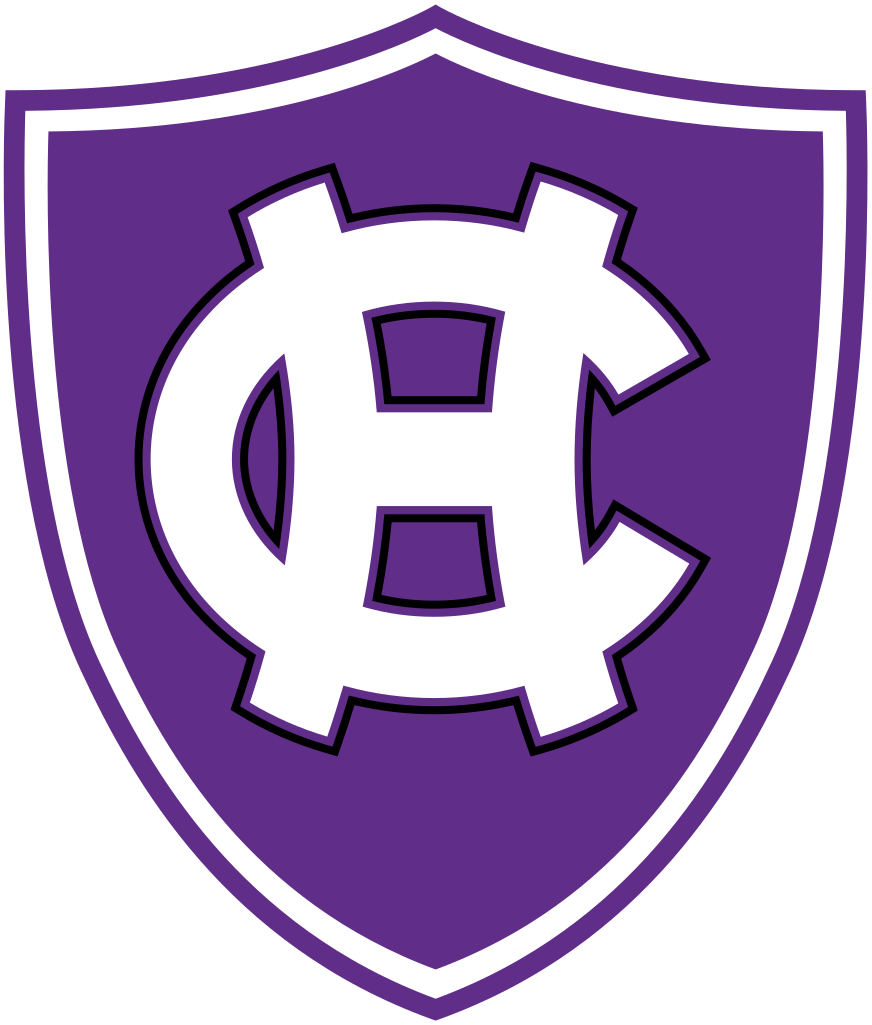

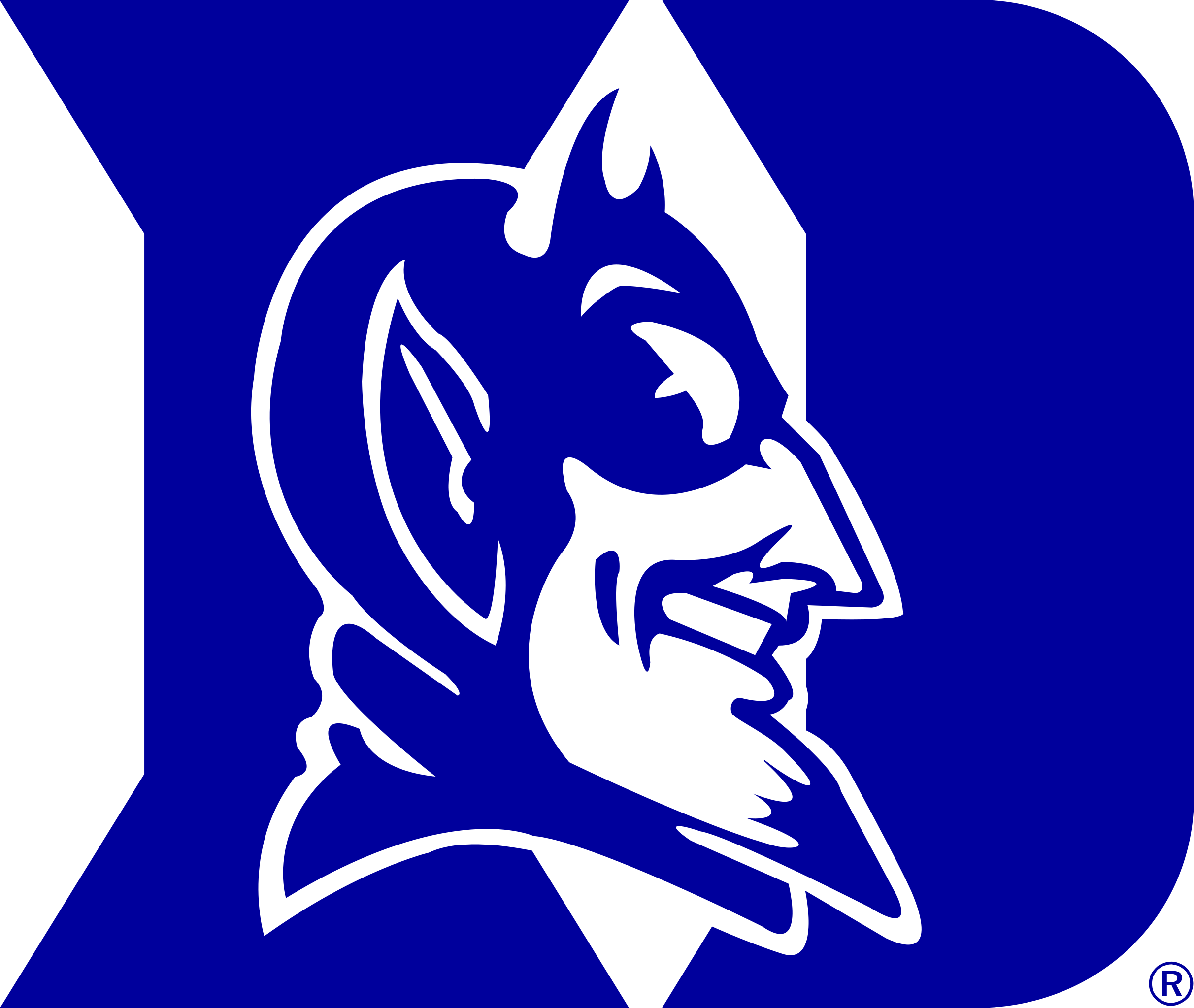
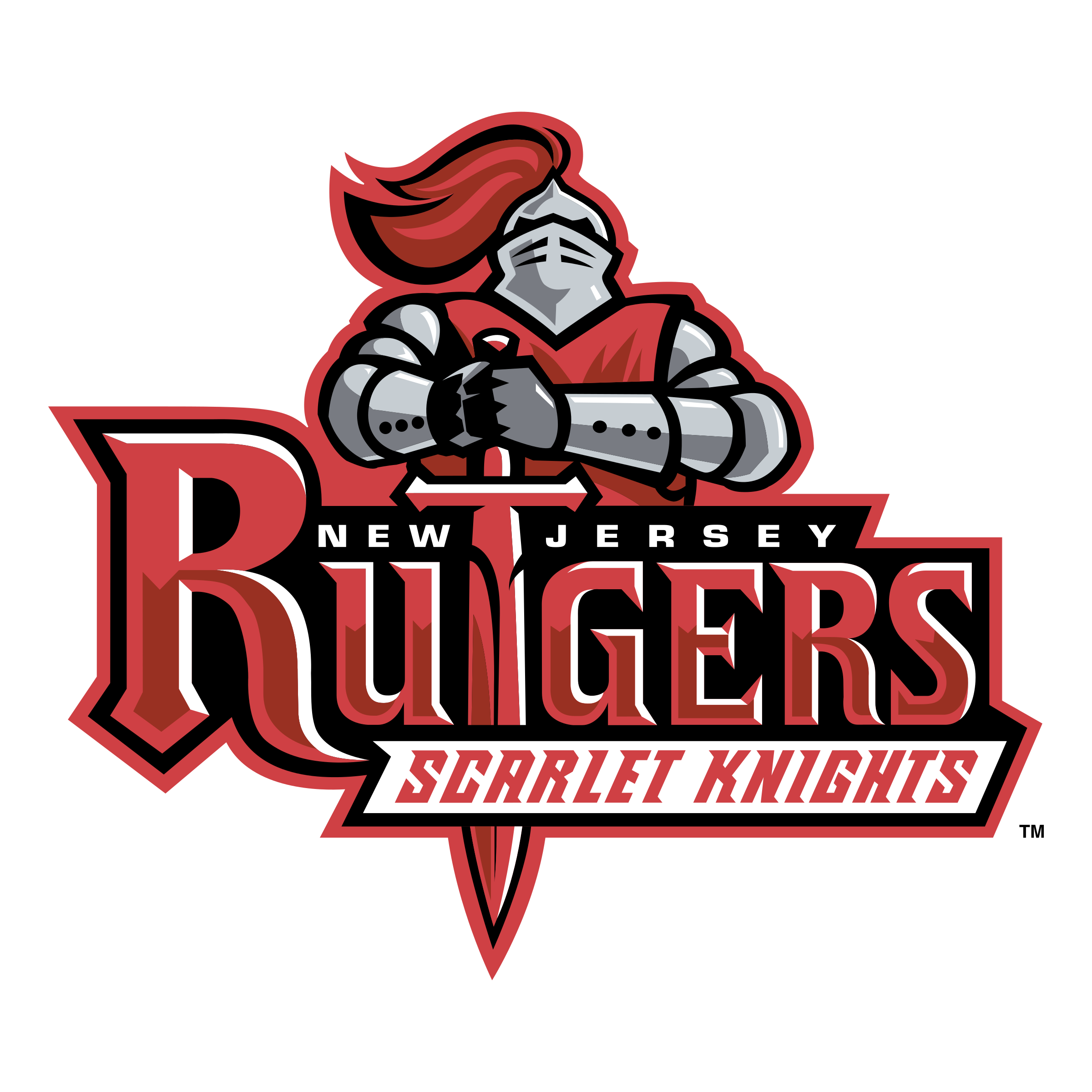
CHECK OUT OUR VARIOUS TRAINING PROGRAMS
CATCHING PROGRAM (1X PER WEEK)
Build from the ground up.
Led by a former college catcher, this program focuses on mastering the fundamentals of receiving, blocking, and throwing while developing leadership, communication, and game-calling skills that separate advanced catchers from the rest.
HITTING PROGRAM
When you come to the winter hitting camp your swing will be analyzed and broken down from a mechanical standpoint.
Whether your goal is to make a freshman baseball team or to get a Scholarship to your dream school, you can experience the ideal clinic for any hitter aged 13-18.
PITCHING PROGRAM
Become an elite arm with a data-driven approach.
Built on the foundation of pitching fundamentals and fine-tuned with the best technology and resources in today’s game.
TWO-WAY PROGRAM
The balance of producing and preventing runs.
Specifically structured for athletes looking to make an impact on both sides of the ball. Providing you with the best we have to offer.
HEAR WHAT OUR ATHLETES HAVE TO SAY
